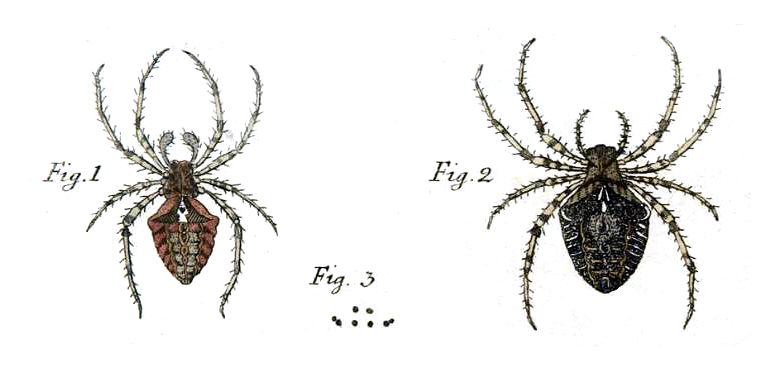|
Exapate Congelatella
''Exapate congelatella'' is a moth belonging to the family Tortricidae. The species was first described by Carl Alexander Clerck Carl Alexander Clerck (1709 – 22 July 1765) was a Swedish entomologist and arachnologist. Clerck came from a family in the petty nobility and entered the University of Uppsala in 1726. Little is known of his studies; although a contemporary of ... in 1759. It is native to Europe. References {{Taxonbar, from=Q11968237 Tortricinae ... [...More Info...] [...Related Items...] OR: [Wikipedia] [Google] [Baidu] |
Carl Alexander Clerck
Carl Alexander Clerck (1709 – 22 July 1765) was a Swedish entomologist and arachnologist. Clerck came from a family in the petty nobility and entered the University of Uppsala in 1726. Little is known of his studies; although a contemporary of Linnaeus, it is unknown whether he had any contact with him during his time in Uppsala. His limited means forced him to leave university early and enter into government service, later ending up working in the administration of the City of Stockholm. His interest in natural history appears to have come at a more mature age, influenced by a lecture of Linnaeus he attended in Stockholm in 1739. In the following years he collected and categorized many spiders, published together with more general observations on the morphology and behaviour of spiders, in his ''Svenska Spindlar'' ("Swedish spiders", 1757, also known by its Latin subtitle, ''Aranei Suecici''). He also started the publication of ''Icones insectorum rariorum'', a series of det ... [...More Info...] [...Related Items...] OR: [Wikipedia] [Google] [Baidu] |
Moth
Moths are a paraphyletic group of insects that includes all members of the order Lepidoptera that are not butterflies, with moths making up the vast majority of the order. There are thought to be approximately 160,000 species of moth, many of which have yet to be described. Most species of moth are nocturnal, but there are also crepuscular and diurnal species. Differences between butterflies and moths While the butterflies form a monophyletic group, the moths, comprising the rest of the Lepidoptera, do not. Many attempts have been made to group the superfamilies of the Lepidoptera into natural groups, most of which fail because one of the two groups is not monophyletic: Microlepidoptera and Macrolepidoptera, Heterocera and Rhopalocera, Jugatae and Frenatae, Monotrysia and Ditrysia.Scoble, MJ 1995. The Lepidoptera: Form, function and diversity. Oxford, UK: Oxford University Press; 404 p. Although the rules for distinguishing moths from butterflies are not well est ... [...More Info...] [...Related Items...] OR: [Wikipedia] [Google] [Baidu] |
Tortricidae
The Tortricidae are a family of moths, commonly known as tortrix moths or leafroller moths, in the order Lepidoptera. This large family has over 11,000 species described, and is the sole member of the superfamily Tortricoidea, although the genus '' Heliocosma'' is sometimes placed within this superfamily. Many of these are economically important pests. Olethreutidae is a junior synonym. The typical resting posture is with the wings folded back, producing a rather rounded profile. Notable tortricids include the codling moth and the spruce budworm, which are among the most well-studied of all insects because of their economic impact. Description Tortricid moths are generally small, with a wingspan of 3 cm or less.Hanson, Paul E. (04-11-2018). Insects and Other Arthropods of Tropical America. Cornell University Press. Many species are drab and have mottled and marbled brown colors, but some diurnal species are brightly colored and mimic other moths of the families Geome ... [...More Info...] [...Related Items...] OR: [Wikipedia] [Google] [Baidu] |
Species Description
A species description is a formal description of a newly discovered species, usually in the form of a scientific paper. Its purpose is to give a clear description of a new species of organism and explain how it differs from species that have been described previously or are related. In order for species to be validly described, they need to follow guidelines established over time. Zoological naming requires adherence to the ICZN code, plants, the ICN, viruses ICTV, and so on. The species description often contains photographs or other illustrations of type material along with a note on where they are deposited. The publication in which the species is described gives the new species a formal scientific name. Some 1.9 million species have been identified and described, out of some 8.7 million that may actually exist. Millions more have become extinct throughout the existence of life on Earth. Naming process A name of a new species becomes valid (available in zo ... [...More Info...] [...Related Items...] OR: [Wikipedia] [Google] [Baidu] |


